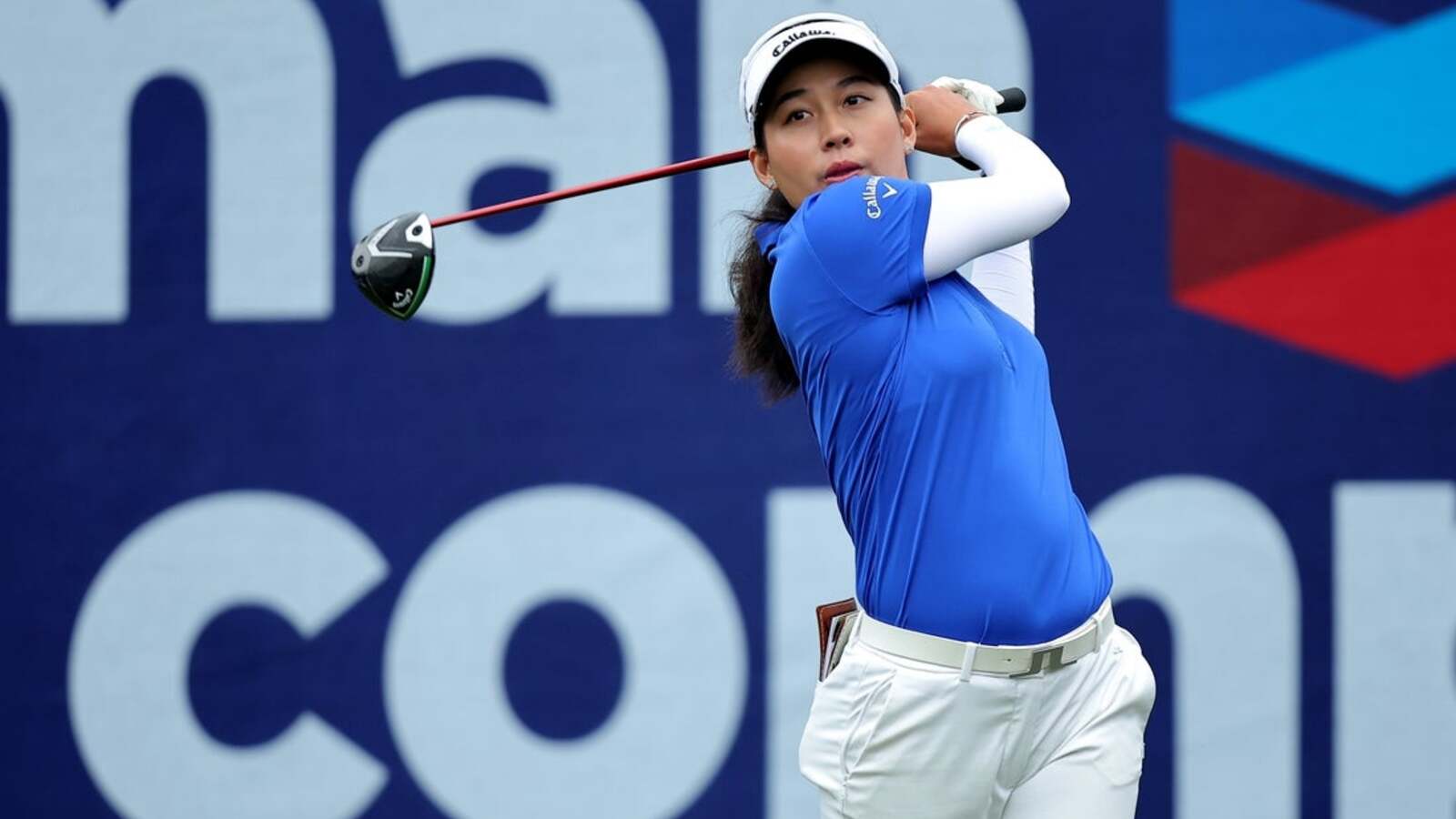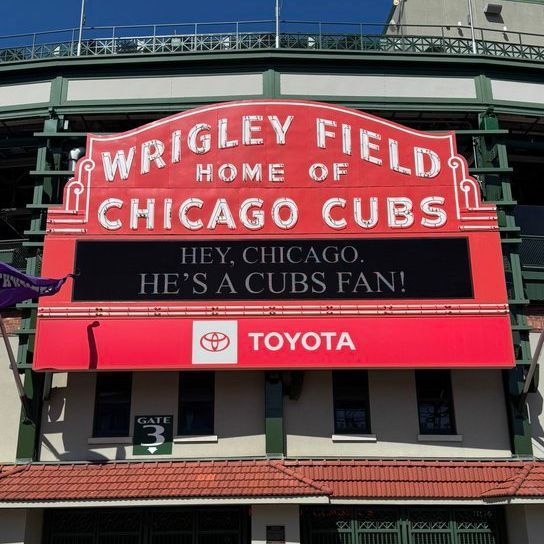The Vatican official who runs the Holy See after the death of one pope and before the election of another is no-nonsense Irish-born American Cardinal Kevin Farrell. The 77-year-old, born in Dublin, had only been in Rome for a few years, summoned out of the blue from his job as bishop of Dallas, when he was asked by Pope Francis in 2016 to reorganise the Vatican’s laity office. This was followed three years later, in 2019, by a request from Francis that he take on another role, steeped in myth and mystery but with real-world responsibilities, managing the Vatican as “camerlengo”, or chamberlain, during the often traumatic “interregnum” between papacies and helping to organise the conclave to elect the next pontiff.
Cardinal Farrell recalled in a 2022 interview that he told the Pope he would accept the position, but on one condition, that Francis would preach at his own funeral, reflecting the cardinal’s hope that he would die before Francis and never have to act as a camerlengo. The joke was twofold: Cardinal Farrell did not particularly want the heavy responsibility. But more personally, he did not want to entertain the possibility of outliving Francis, whom he credited with having set the Catholic Church on a crucial path of renewal, redirecting it away from culture-war defensiveness and back to its Gospel-driven essence of inclusion.

“We were defending ourselves always: Self-preservation was the theme of the church,” Cardinal Farrell said. “And Pope Francis moved us beyond self-preservation” to a message of welcome and accompaniment. With Francis’s death, Cardinal Farrell is in the spotlight, albeit only until a new pope is elected.
Cardinal Farrell announced the death on Monday morning from the chapel of the Domus Santa Marta hotel where Francis lived and died. In a short statement read live on Vatican television, he said Francis’s “entire life was dedicated to the service of the Lord and of his church”. According to tradition, the camerlengo certifies the pope’s death, seals the papal apartment and breaks the pope’s fisherman’s ring, as a symbol of a vacancy at the Holy See.
He leads the procession accompanying the coffin into St Peter’s Basilica and presides over the burial. The camerlengo also gets written reports from Vatican offices about their current assets; a copy of the current and projected budget for the Holy See; and any other information from the Vatican’s economic ministry that would be useful for cardinals and the future pope. He and the dean of the College of Cardinals, Italian Cardinal Giovanni Battista Re, then play key roles organising the meetings of cardinals preceding the conclave.
Cardinal Farrell said the financial duties were far more important than the ceremonial ones and the ones for which he was more qualified. Cardinal Farrell already heads top Vatican committees on finances, investments and confidential matters, as well as its supreme court, making him particularly well-suited to deliver a financial prospectus to the new pope. The man Francis chose to bridge his papacy was born in the Irish capital on September 2 1947.
He entered the Legionaries of Christ religious order in 1966 and was ordained a priest for the Mexican-based order in 1978. He left six years later and became a diocesan priest in the Washington Archdiocese. He worked in a series of parishes but also took on increasing charge of the books in the archdiocese — he has a keen mind for finances but says he never finished his MBA.
He became auxiliary bishop of Washington in 2001 and served under the ex-cardinal Theodore McCarrick before being made bishop of Dallas in 2007. Cardinal Farrell said he was happy and “very comfortable” as bishop in Dallas when his secretary came to him in May 2016 to tell him the Pope was on the phone. He moved to Rome that October to head the laity office.
Within hours of his arrival, Francis announced that Farrell would be made a cardinal. It was a sign, later confirmed with his nomination as camerlengo, that Francis fully intended to entrust Cardinal Farrell with some of the most important responsibilities of the church, including after he was gone..
Sports

Irish-born cardinal entrusted as ‘camerlengo’ running Holy See between popes

Cardinal Kevin Farrell was asked in 2019 by Pope Francis to take on the role managing the Vatican during the ‘interregnum’ between papacies.















